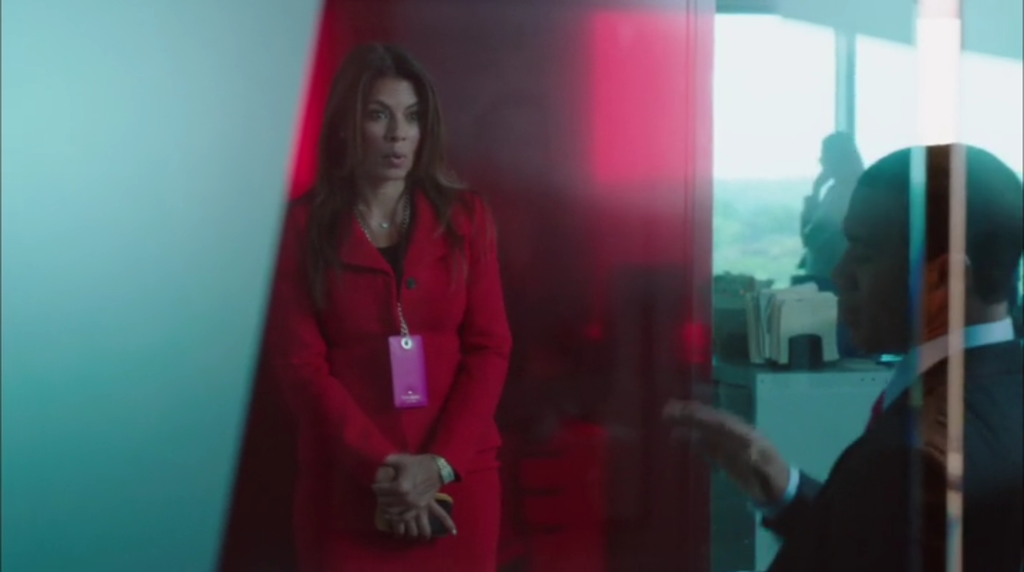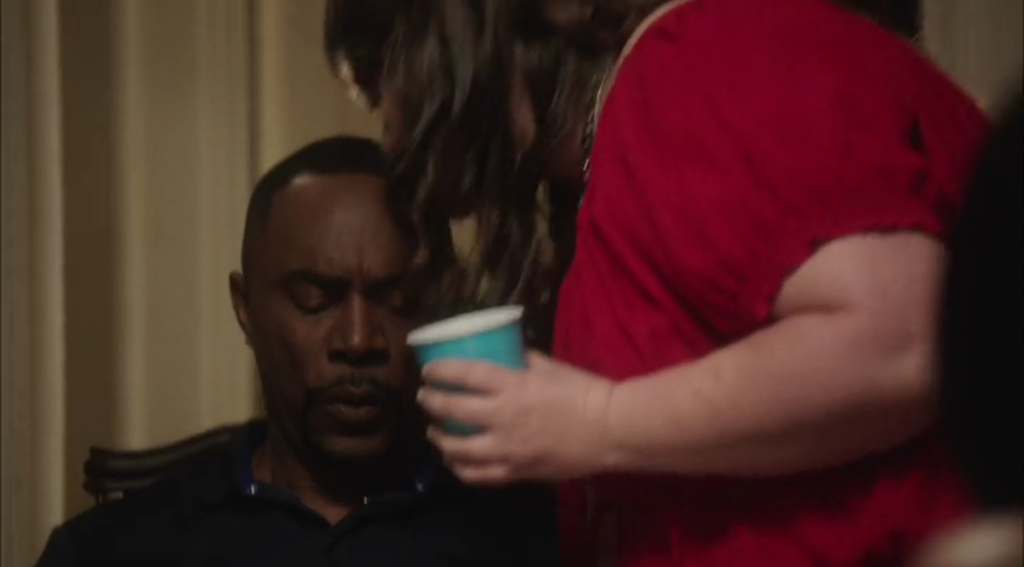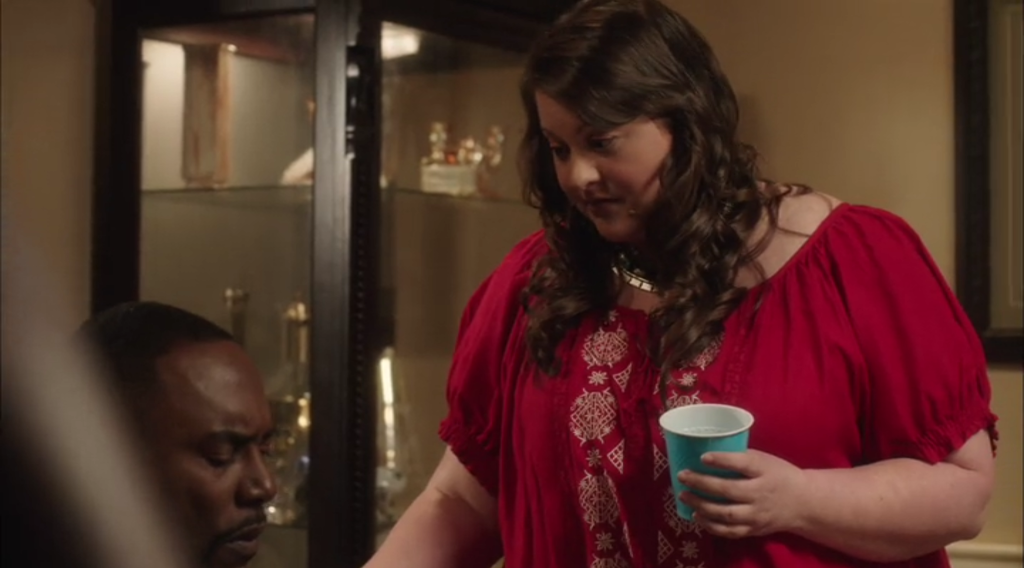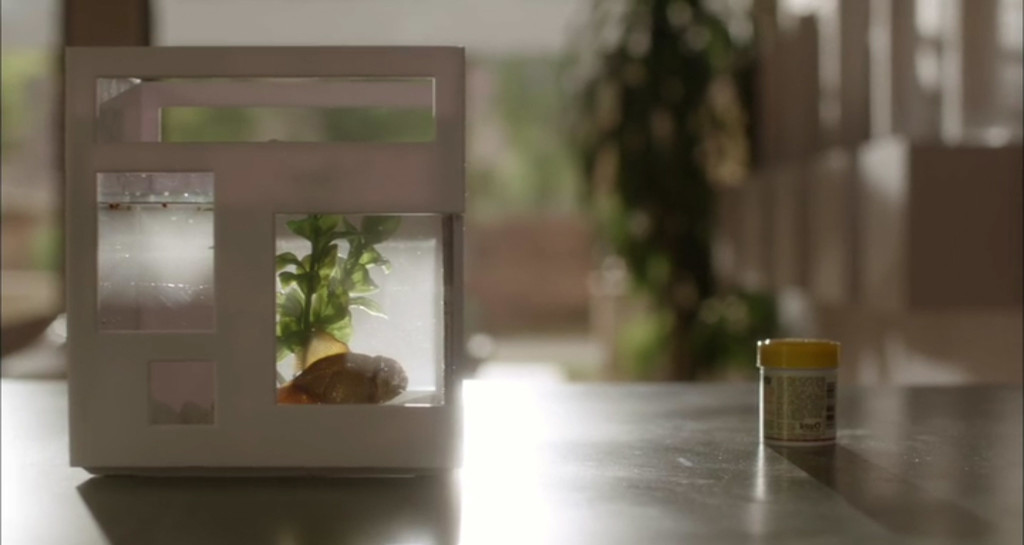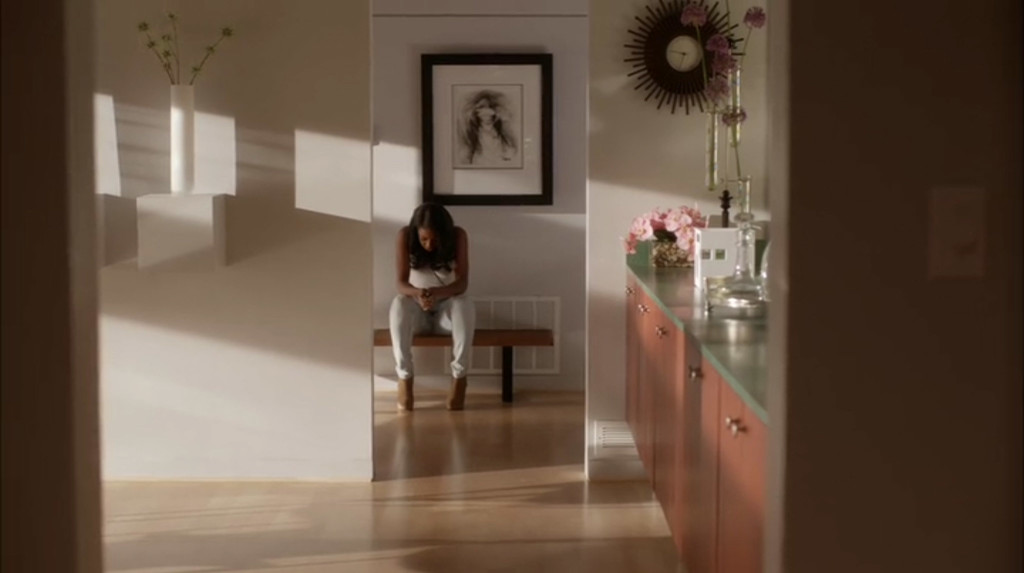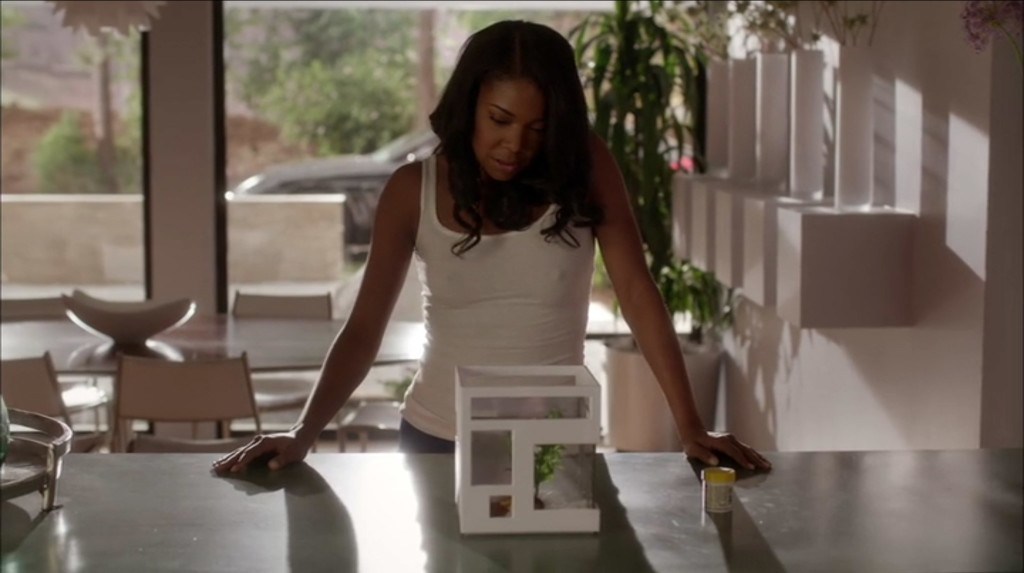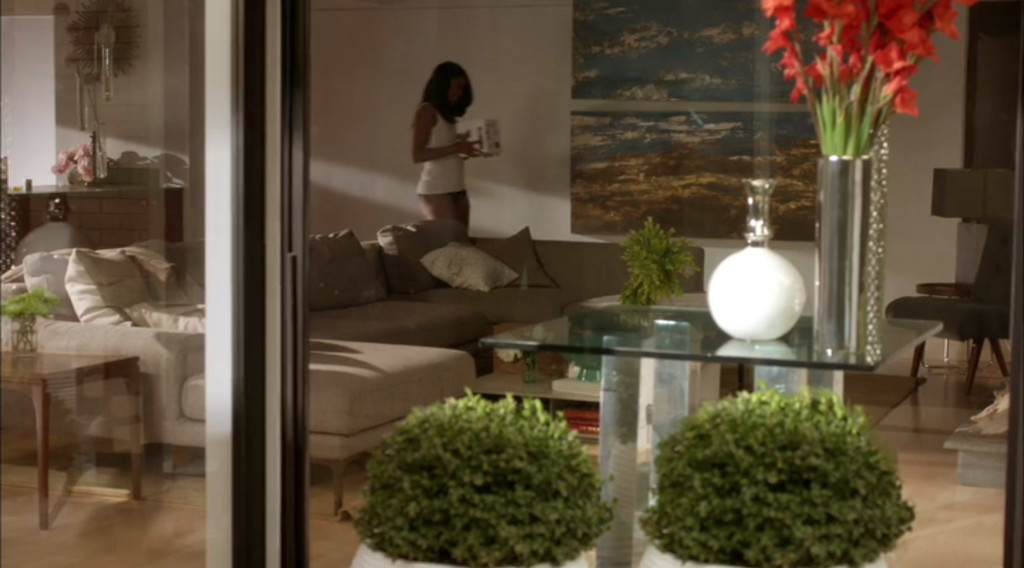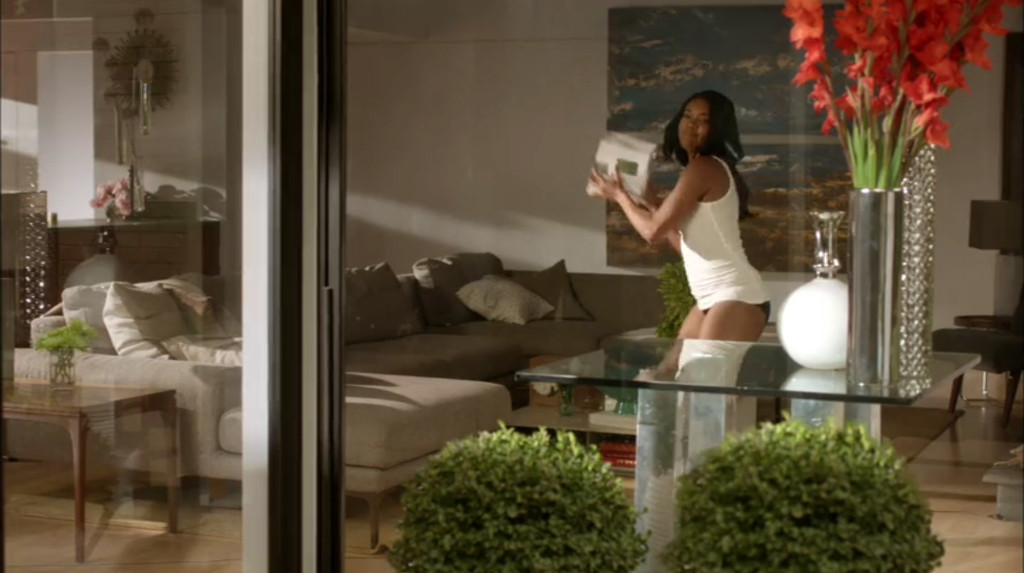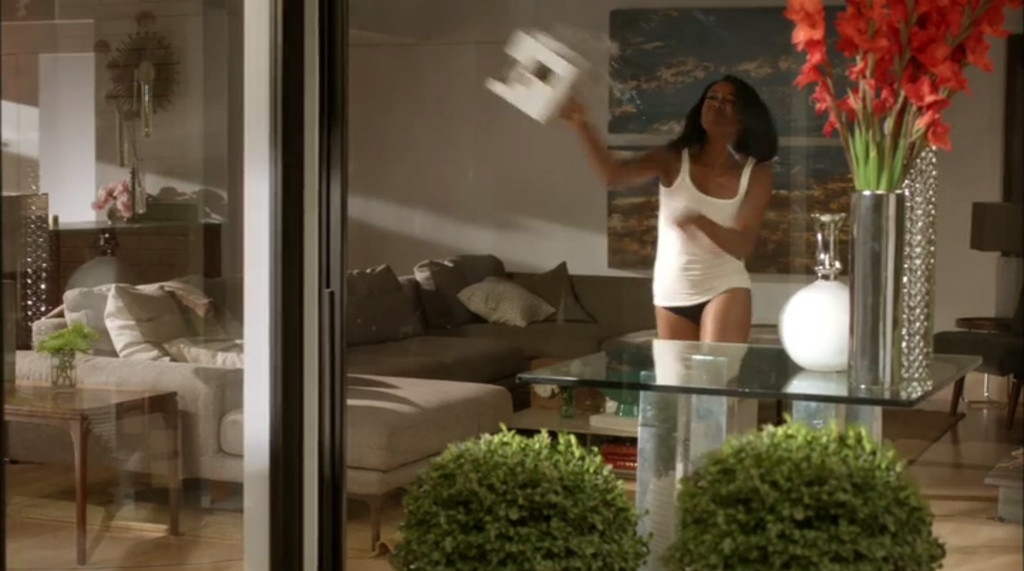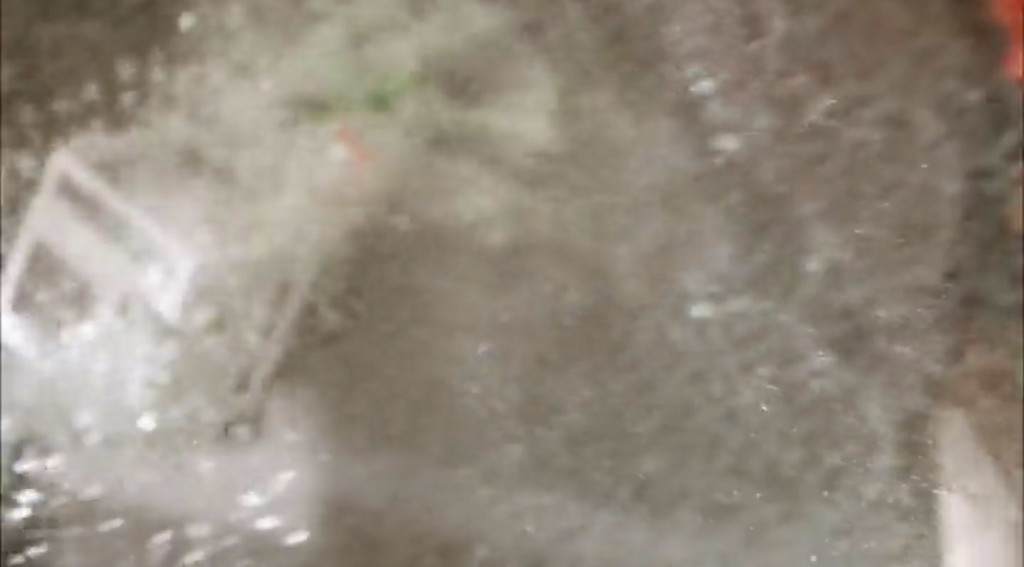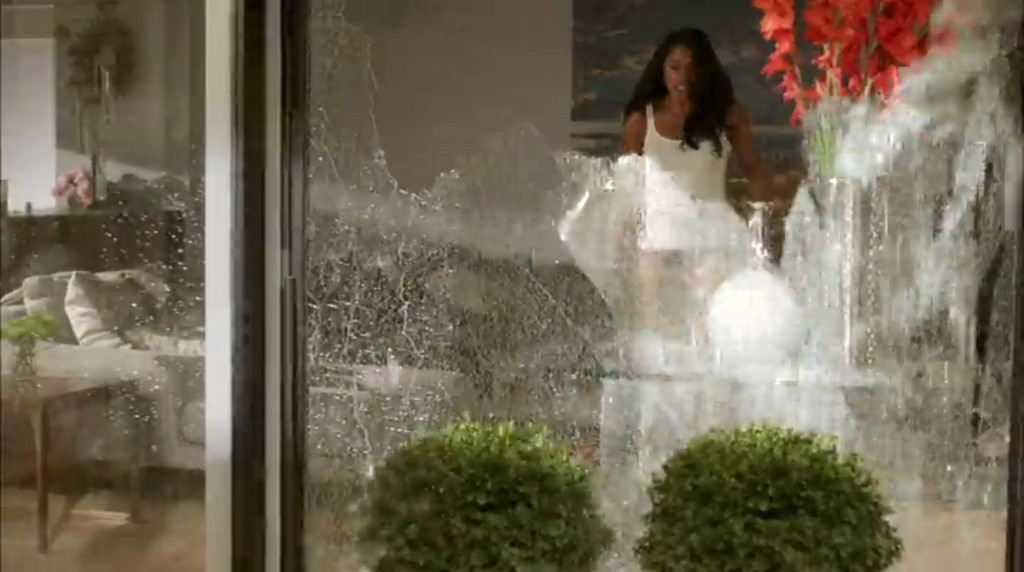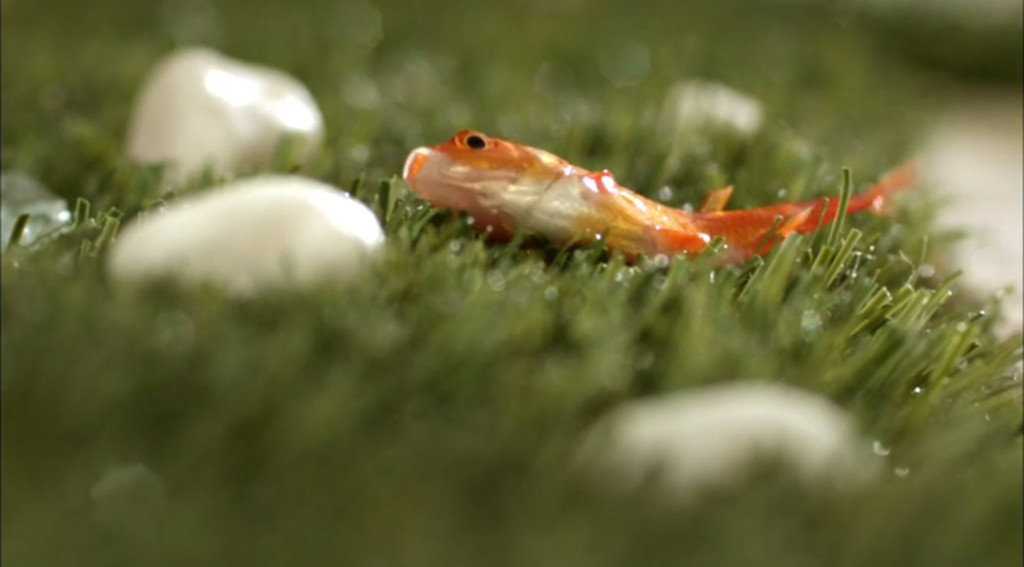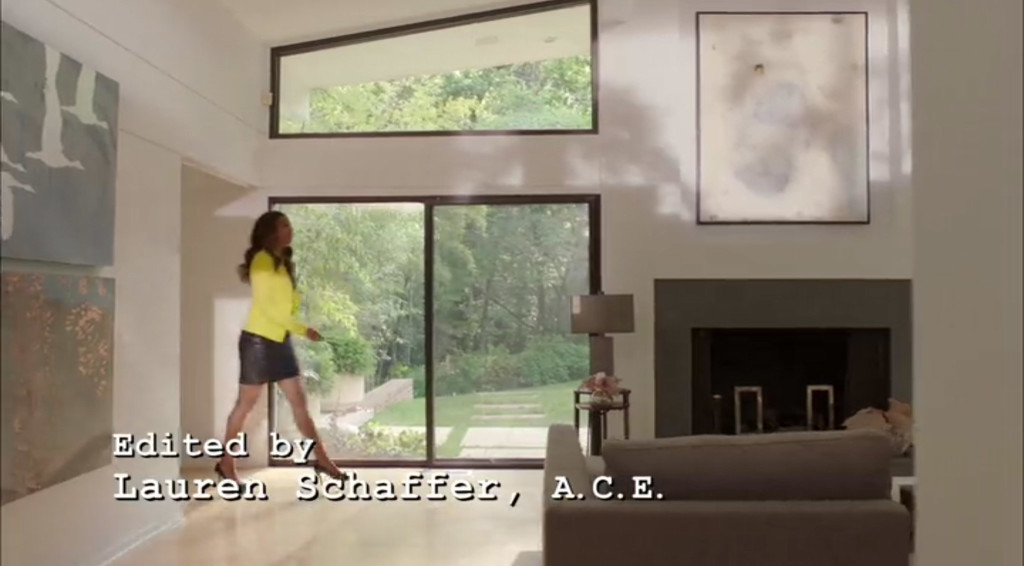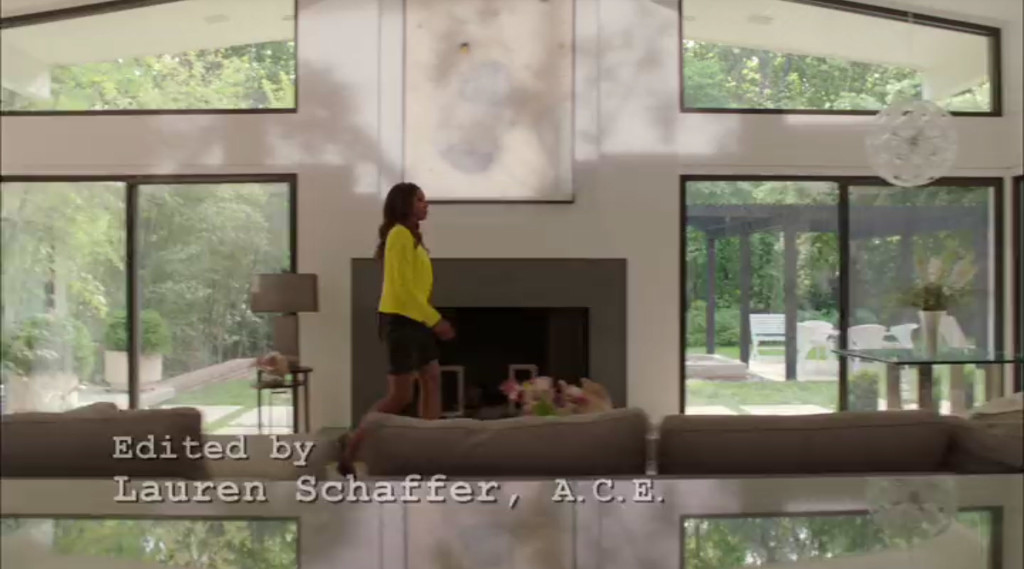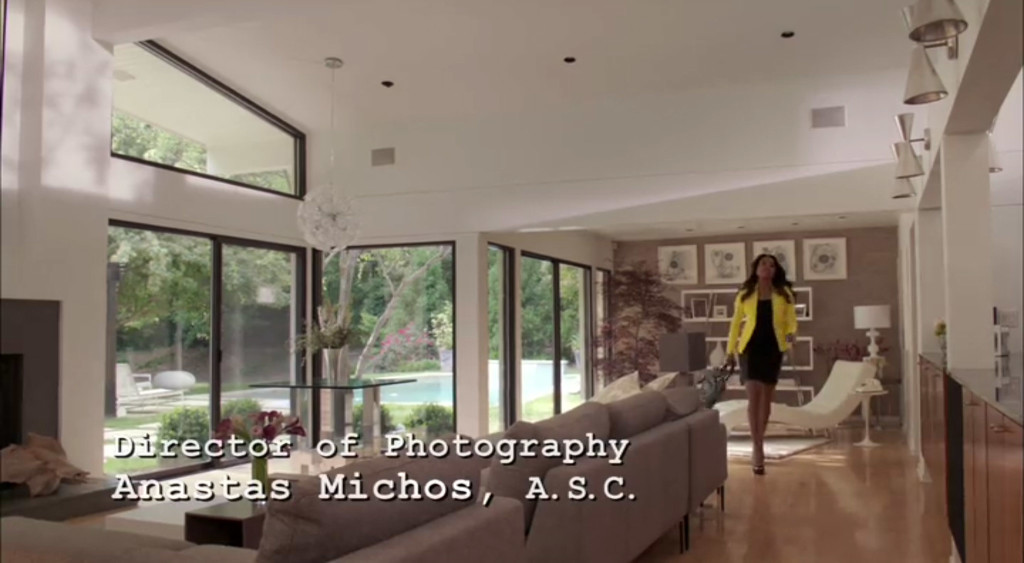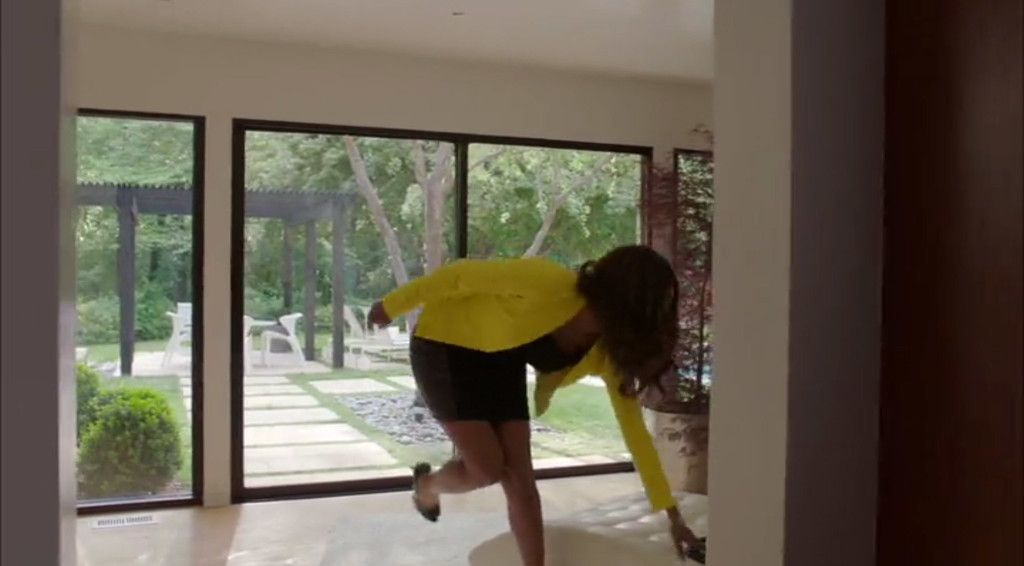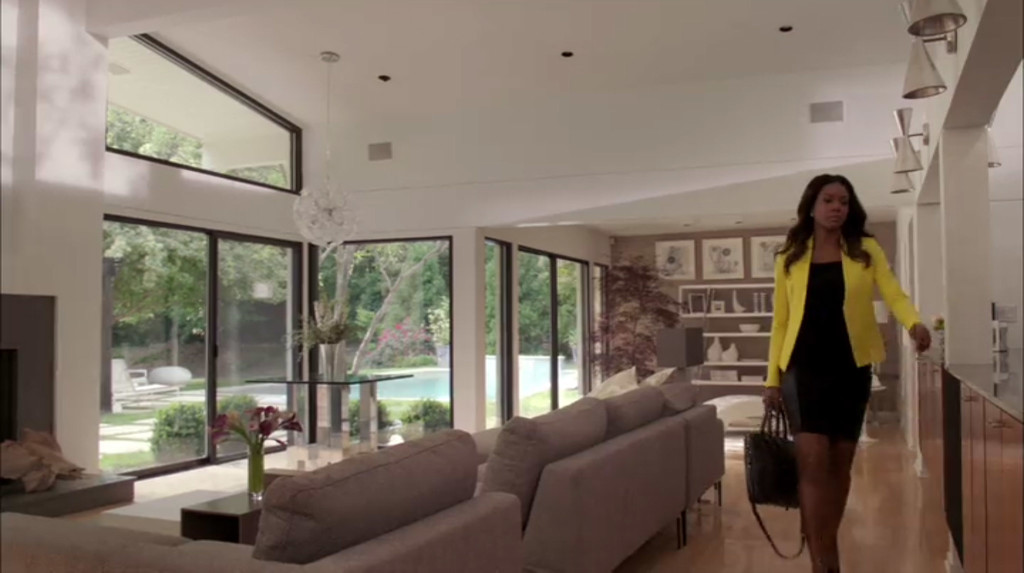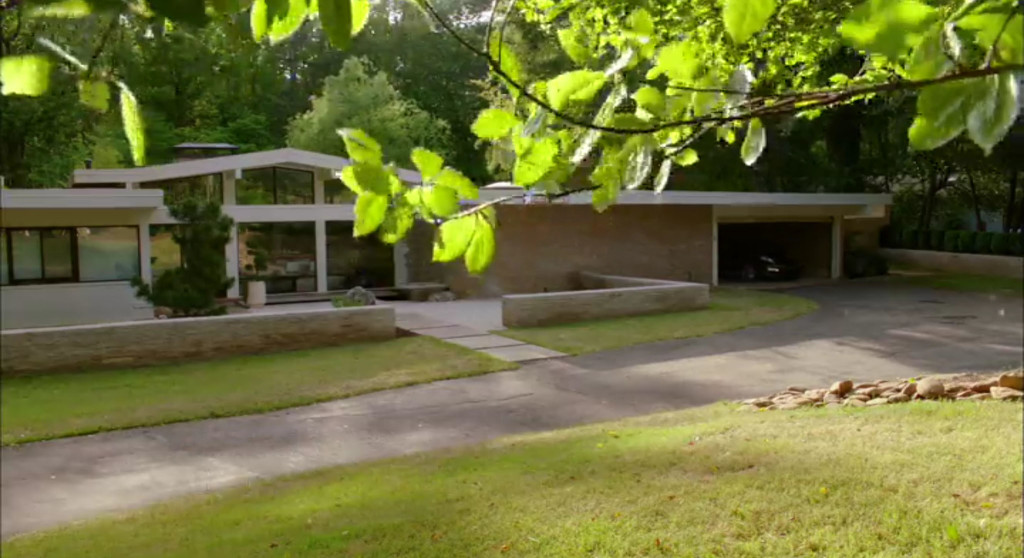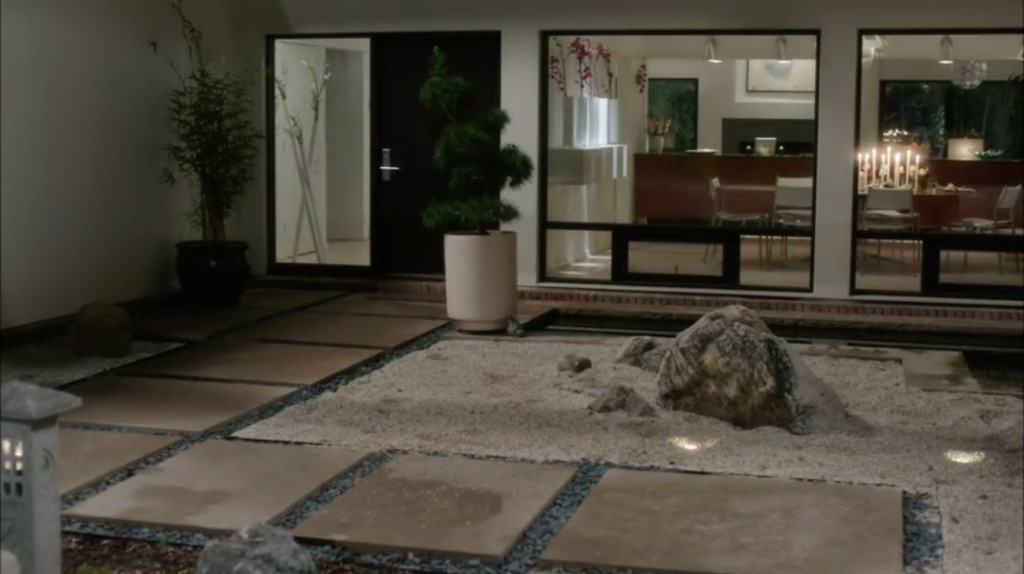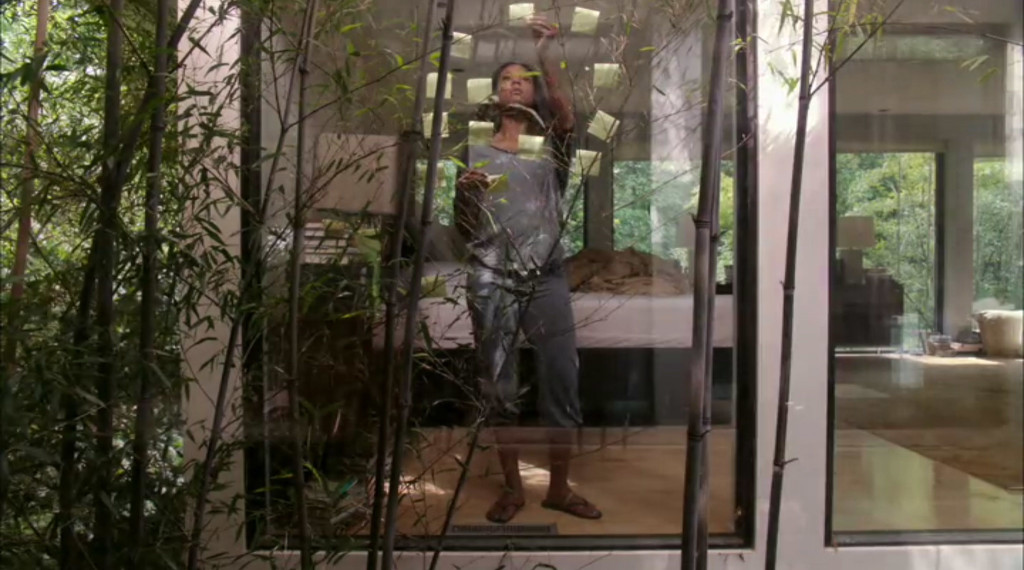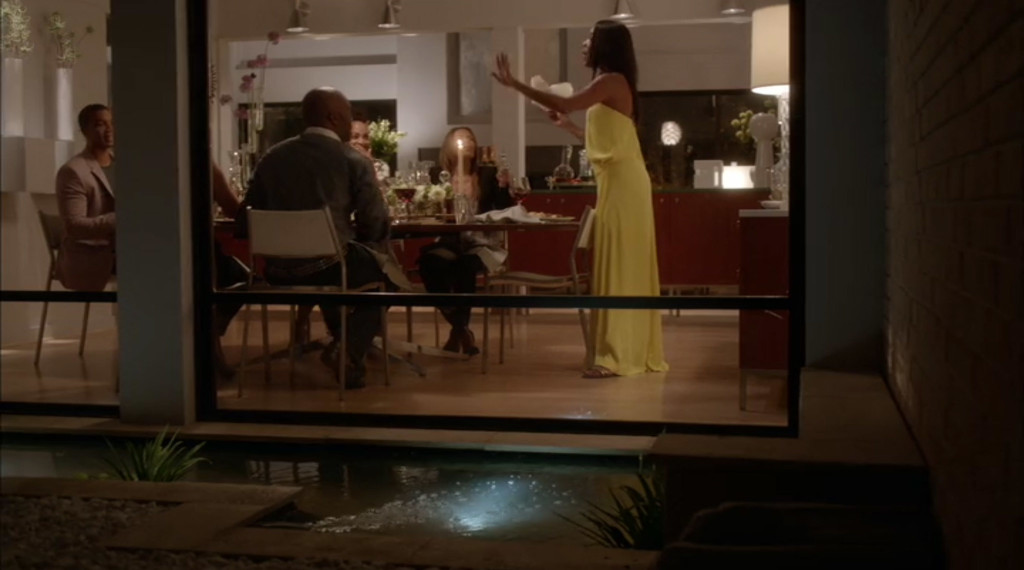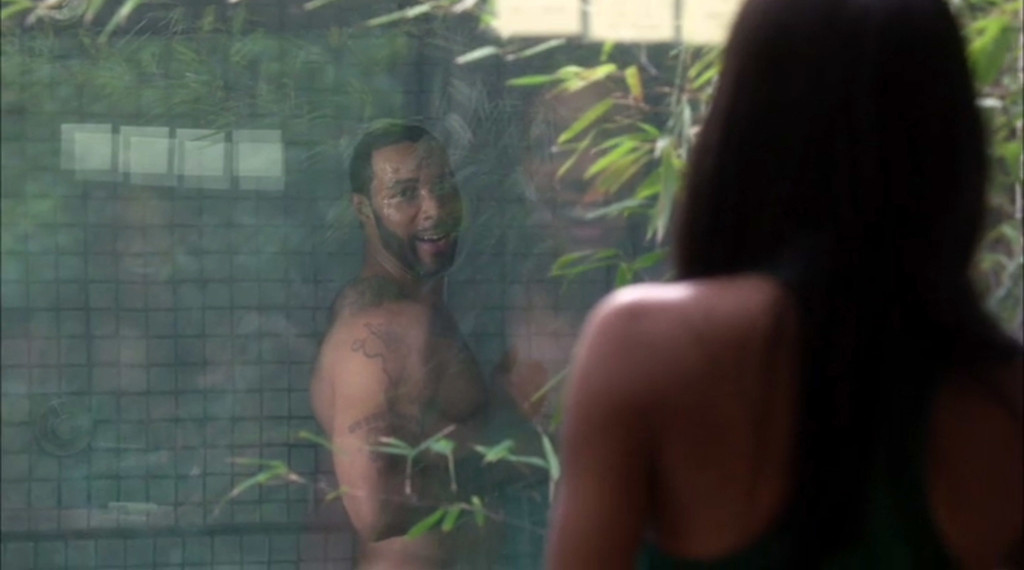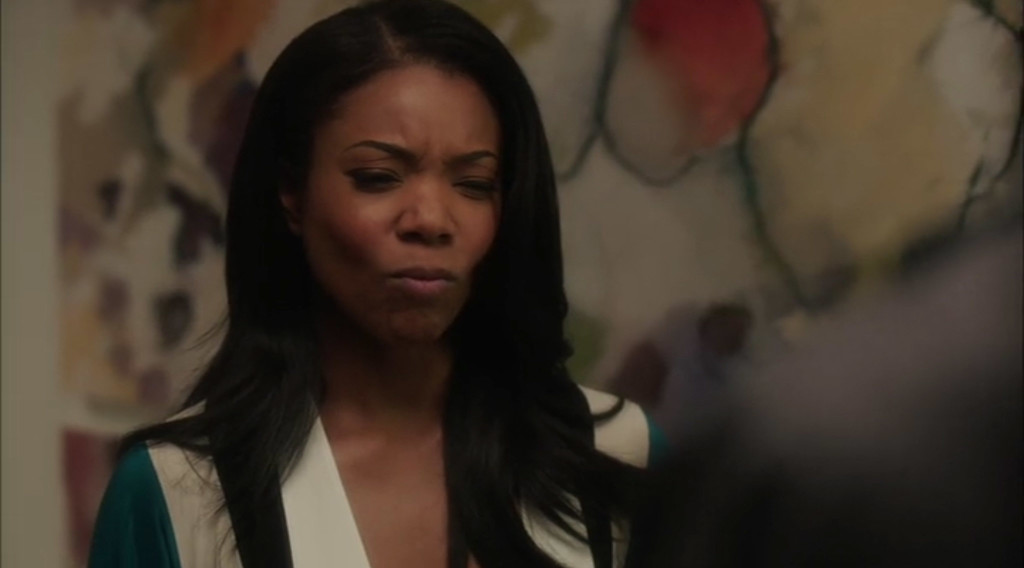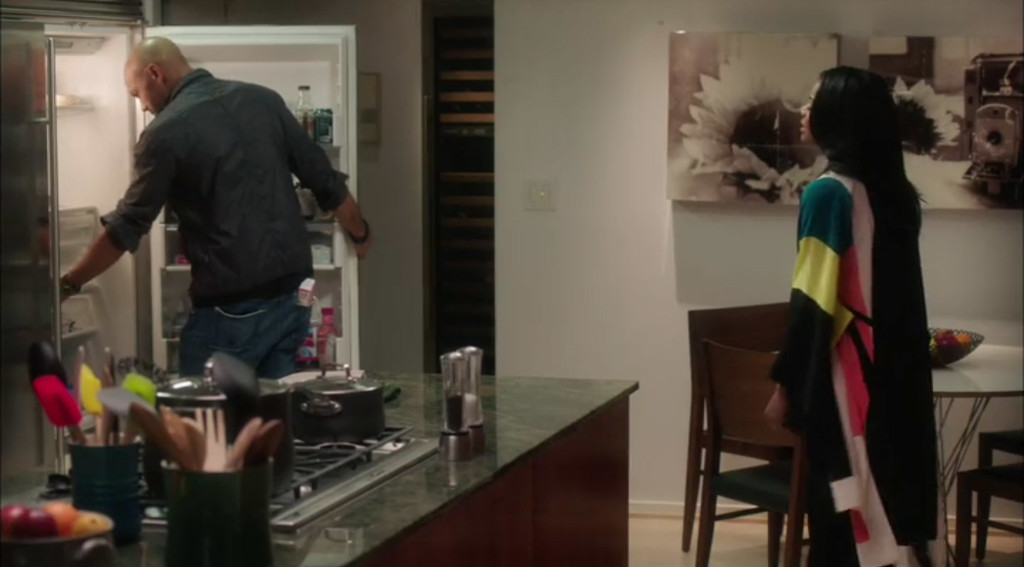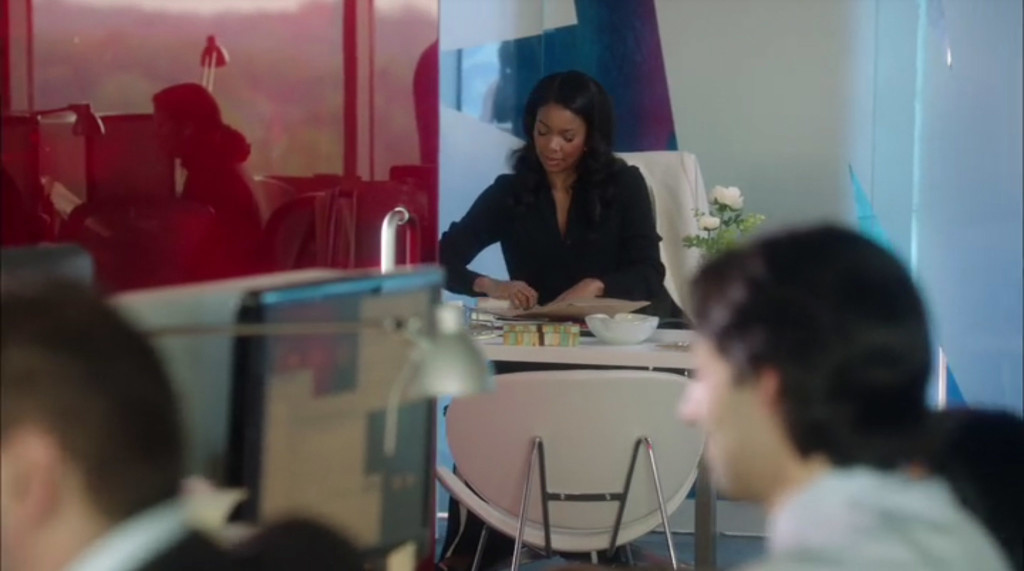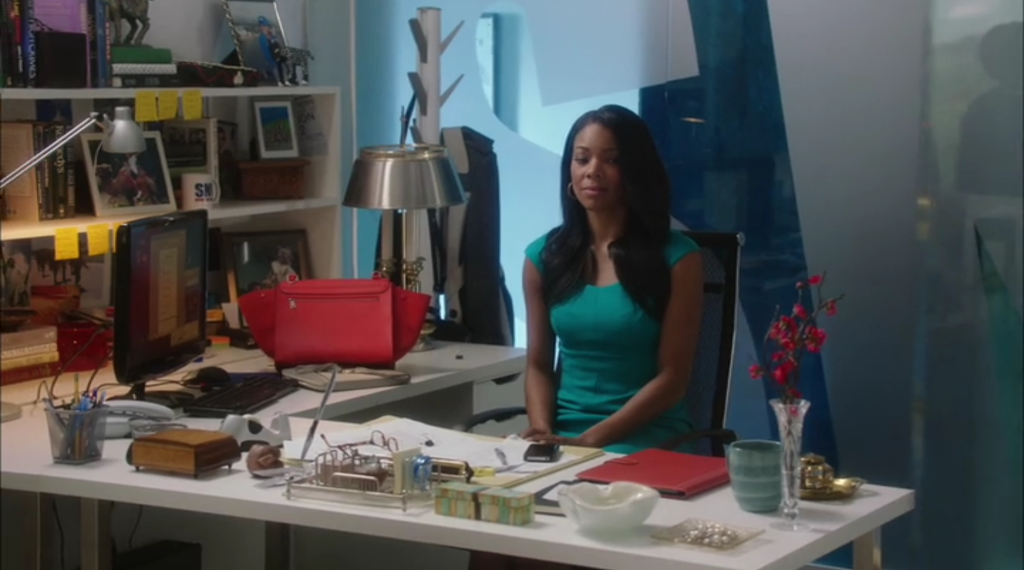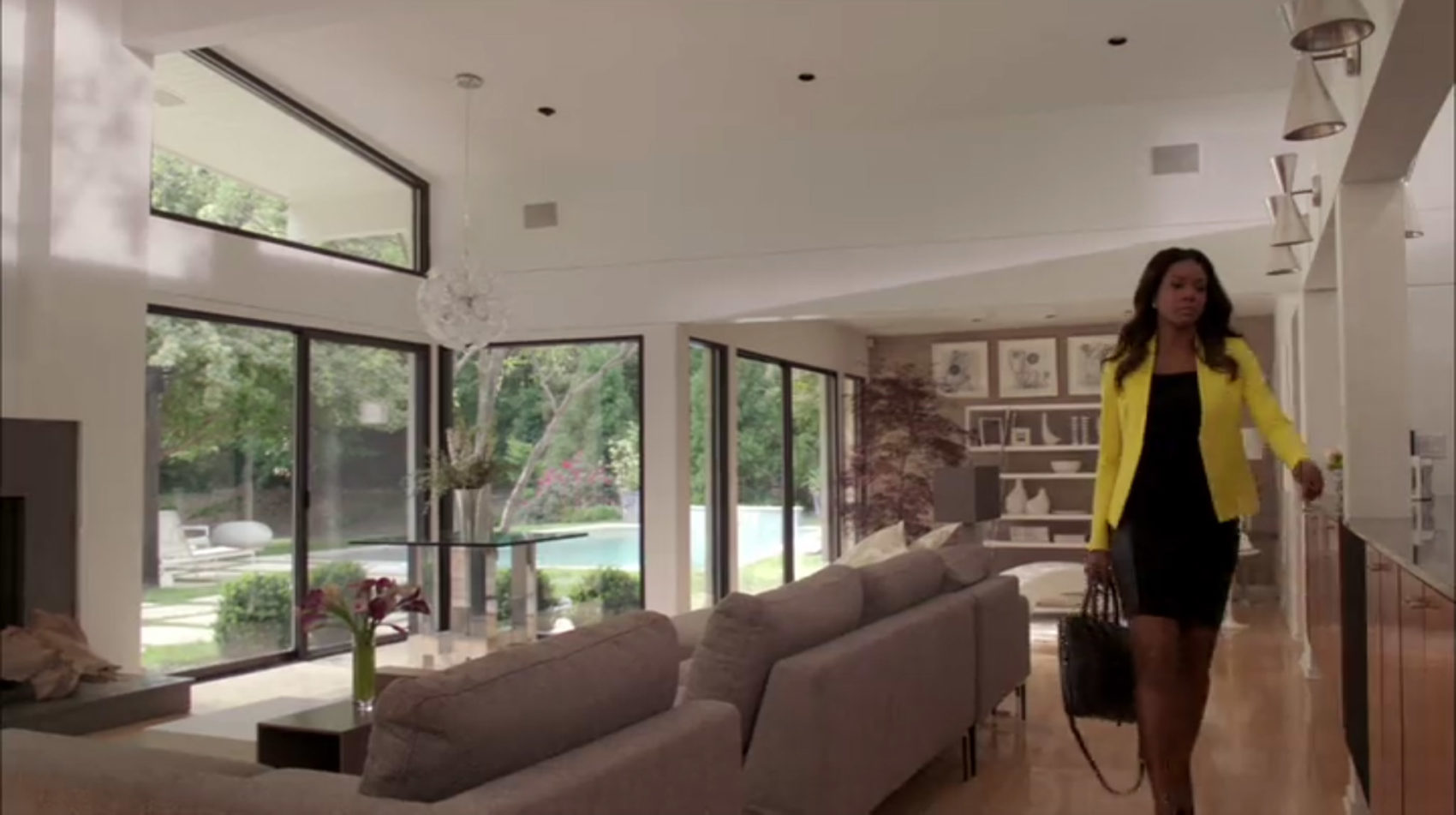
Oct
Diversity Without Pity #12 | Being Mary Jane
[responsivevoice_button voice=”UK English Female” buttontext=”Listen to Post”]
When I decided to write a series called Diversity Without Pity, it was an attempt to answer these responses when it comes to diversity in media:
We don’t have enough ______ on _____.
and
We would like more diversity, but we don’t know how.
The first is often cited as a lack of something existing. We don’t have enough depictions of people of color, women, those with disabilities, LGBTQ, and/or people aged 50+ doing something human and being complicated in a commercial/print ad/movie/tv show/podcast. I want to show that it’s not a matter of if we have “enough.” We can never have “too much” of the human experience from different perspectives. It makes all of us better. What we do have are more than a mere handful of examples to point to. We have shown time and time again that we have the capacity to illustrate our collective selves in all our messy/funny/elegant/sexy/selfish glory.
The second is often admitting an inability to do something about creating or depicting more diversity. This, I think, is the most humbling place to start. It’s good to admit when you don’t know something. But you then have to make the effort to seek out solutions, or excellent examples. I’m not the foremost expert on what gets to be considered a good example of diversity. However, as a graphic designer, I am trained to look at how history, culture, and image from our imaginations and what gets to be considered great, by design.
There are some examples that don’t make it into DWP. Most are simply not well-designed. Some are hokey. Others only air to a specific market, thereby segregating itself from the rest of the audience and to an extent segregating the very community they were trying to market to. But there are some forms of media, regardless of marketing, that manages to transcend their fixed place. There are also forms of media with superior production design, art direction, and costumes, but say much more about the characters. BET’s Being Mary Jane operates at this level and goes beyond. Here’s how.
Fully-formed non-black characters
Often when supporting characters are rendered on less-quality black media — even when non-black characters are tokenized — they are one-dimensional: The Asian American Who Still Has An Accent. The Rich Racist White Person Who Gets Put In Their Place, The Spicy Latina As The Help. It’s almost like watching a screenwriter’s revenge fantasy, rather than a real story being told. On Being Mary Jane, everyone matters.
- Note how the red glass door blocks out Mary Jane’s producer (played by Lisa Vidal) while she’s wearing a red suit.
- Here’s Mary Jane’s older brother receiving his sobriety chip by his wife, played by Richard Brooks and Tatom Pender, respectively.
- On a less-quality show, this character would’ve been reduced to a “fat white girl” seen on Jerry Springer. But the writers show us she is a loving mother, wife, and recovering addict.
In later episodes, we’ll learn more about Kara’s views toward her Hispanic background, meet Niecy’s Filipino boyfriend, and Mary Jane’s cutty buddy who suffers from seizures. Even if they show up for one scene, they bring in so much backstory. There are no small characters on Being Mary Jane.
Mary Jane’s Home is a Zen-Like Fishbowl
Production design plays a big part in this show, and Mary Jane’s home deserves examining the contradictions between her cool exterior and inner chaos.
Unlike Olivia Pope on Scandal, a heroine who holds together a very steely persona despite her personal life being in shambles, Mary Jane Paul is the protagonist who conveys nothing but ease and relaxation. She’s the “cool girl.” (more on that later) But even within that persona, she is a woman barely holding together. In the Season 2 premiere, Mary Jane comes home after finally breaking things off with David. We open on a modern mini fishbowl and end with Mary Jane throwing the fishbowl (and the poor goldfish) into a window.
This fishbowl echoes the very home Mary Jane lives in. She’s often framed in wide shots, or camera angles peeking in from the outside (directed by Salim Akil and Regina King among others). It’s as if we’re allowed to peer in on her. What we find is a woman using every resource available to create calmness: Bamboo trees, neutral colors with minimal decoration, ample use of natural light, stone and sand walkways, small ponds. Her East-meets-West aesthetic really made me ask, “Why is she wasting her time with foolishness? Can’t she just enjoy her fabulous home?” And that’s the point. She can’t. While she’s highly visible, at any moment her world is thrown around and she’s once again gasping for air. Or another take may be that her home is her sanctuary, a place to completely be herself, design, and adorn herself as she pleases. Both theories exist at the same time with this character.
Production design plays a big part on this show, and Mary Jane's home deserves examining the contradictions between her cool exterior and inner chaos.
If this was Mad Men, Tom + Lorenzo would have dedicated a weekly blog post to it. Set Designer Nicole Elespuru, Costume Designer Derica Cole Washington and Production Designer Gary Frutkoff deserve Emmy nominations for production design and costuming. Because like Mad Men, excellent production design and costumes reveal details about characters. And in this case, what they say and who they are often contradict with what they present the outside world.
Mary Jane Doesn’t Need to be Likable
In Roxanne Gay’s collection of essays Bad Feminist, she writes about the problem with expecting women to be likable in fiction. She specifically highlights Gillian Flynn’s Gone Girl, and the famous section about The Cool Girl.
Men always say that as the defining compliment, don’t they? She’s a cool girl. Being the Cool Girl means I am a hot, brilliant, funny woman who adores football, poker, dirty jokes, and burping, who plays video games, drinks cheap beer, loves threesomes and anal sex, and jams hot dogs and hamburgers into her mouth like she’s hosting the world’s biggest culinary gang bang while somehow maintaining a size 2, because Cool Girls are above all hot. Hot and understanding. Cool Girls never get angry; they only smile in a chagrined, loving manner and let their men do whatever they want. Go ahead, shit on me, I don’t mind, I’m the Cool Girl.
Mary Jane Paul is The Cool Girl. Her home is cool, her clothes can be colorful yet unrestrictive. She’s very comfortable in jeans and a t-shirt. But Mary Jane straddles the desire to be liked by her lovers, yet not particularly concerned if her co-workers find her “likable.” She relents to the fact she’s addicted to a married man, has stolen the sperm of an ex-boyfriend, and once drunk-dialed him when she found out he was marrying another woman. When comes to matters of work, she makes her expectations very clear, she stands up for what she believes in and calls bullshit on office politics and one-dimensional media depictions of black women.
- MJ’s BAE, played by Omari Hardwick, portrays an incredible example of how to have sympathy for a fuccboi.
- I mean, look at him!
- David confronts MJ to know if she stole his sperm. I just love this reaction.
- I still dream about this robe.
- I love MJ’s office door and decor.
- Again, decor saying much about a character. Very little is out of place, but there’s a lot more “stuff” here. Compared that to her more relatively sterile home.
Early reviews of the show were not always on board. However, some have come around and even lauded the series. But Mara Brock-Akil has built a steady career out of making black women look complicated. She likes to embrace women who listen to Little Dragon and walk around their homes in their underwear; women who wear bonnets to bed, bake cakes and care about human sex trafficking.
‘Being Mary Jane’ Changes Everything for Women on TV
Before Being Mary Jane was greenlit for a series it was a full-length television movie, also on BET. In one scene, Mary Jane is crying during a commercial that featured a baby. I couldn’t personally connect. I’m kind of immune to the cuteness of infants, and my biological clock doesn’t exist. But I have a very close friend for whom having children is incredibly important. I knew her fear that she would never be a mother, and it brought her to tears. Fortunately, she met an incredible man, bought a house, got married, and are currently raising an admittedly really cute baby together.
My friend is white. But I saw her in Mary Jane Paul. That is the point of really strong fiction. You can find yourself or others in people who, on the surface, don’t look like you. And maybe that is the purpose of diversity for the uninitiated: To see one another, past the surface.
Diversity Without Pity is a blog series from IDSL, highlighting media that uses smart design, and considers the diversity of it’s casting without selling the viewer or consumer, short. Images courtesy of Netflix.



